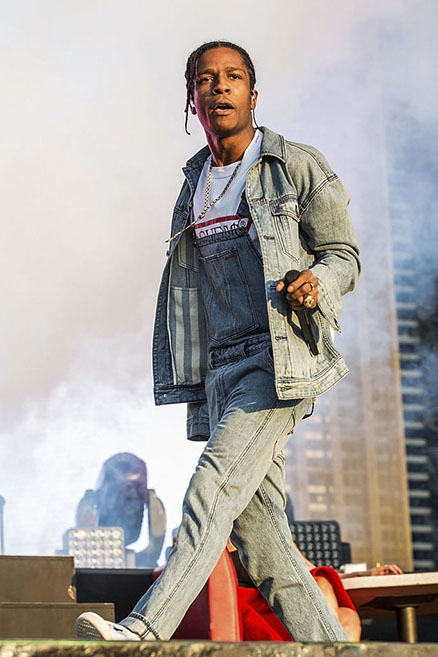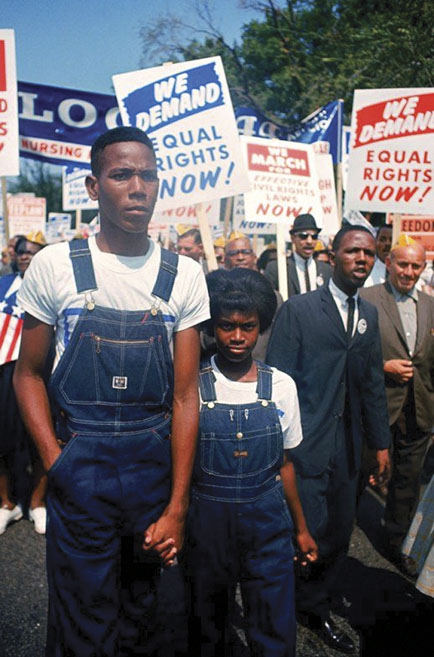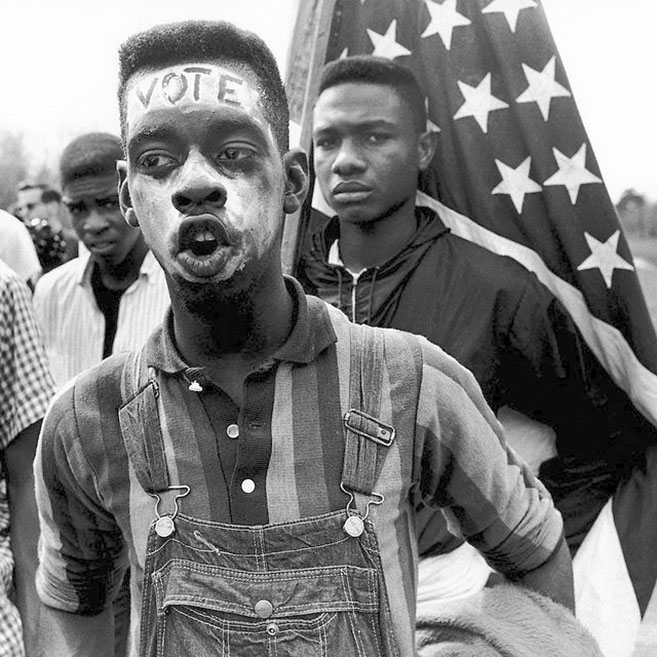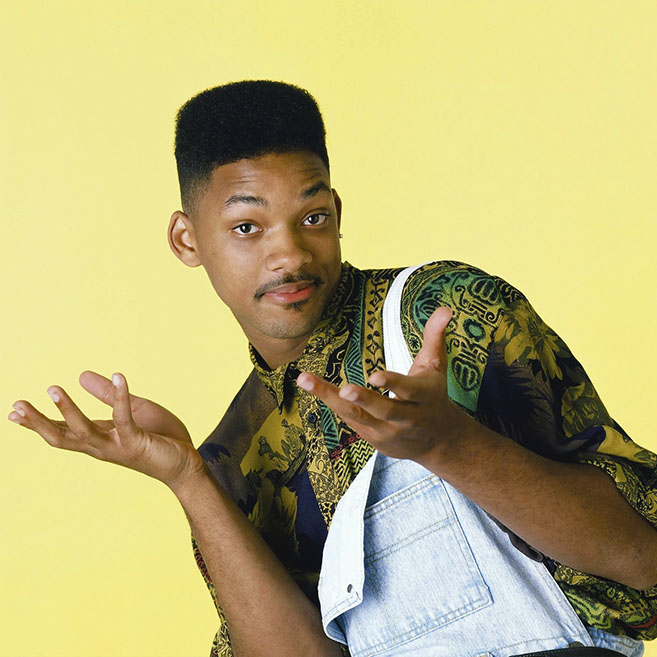
Overalls – also widely known as dungarees – have been a firm fashion staple for almost a century now, with the likes of A$AP Rocky, Will Smith, and even Princess Diana donning the dungies with insane swagger.
But they haven’t always looked exactly the same, and the contemporary vision of overalls has some surprising (and inspiring) roots and influences…
Early Days
Many people believe that overalls first came about in America, as utilitarian workwear designed for farmers and fishermen. But the first known origin of ‘dungarees’ actually comes from India, all the way back in the 17th century. Upon arriving in India, Englishmen stole a cloth called ‘Dungri’, which was originally used to produce cheap, hardwearing fabric in the village where it was made. The English changed the name to ‘dungaree’, used it to make workwear trousers, and here we are.
A few centuries later, Levi Strauss makes an entrance. Levi’s took these workwear trousers and added a ‘bib’ (AKA the top bit) and sold them off as the perfect uniform for hard labour – trousers you could get dirty, and a bib to hold stuff in, and no need for a belt! Naturally, for the average working man, these were a must-buy, and they soon became a symbol of the working class. At this point, though, they were still color-coded depending on your profession; striped for railroad workers, white for painters, and blue for everyone else.
Women’s Influence

During both World Wars, women were forced to fill the shoes of their male counterparts, taking jobs in engineering, mechanics, and factory work. Obviously, these kinds of roles can often get a little grubby, so a desire for a feminine-yet-durable work uniform soon arose.
This input essentially produced the lightweight, modern-day style of dungarees we see today, as after each war, more and more stylish overalls would appear, with the addition of a tighter waist, and more fashionable pockets. Talk about Girl Power.
Dungarees and The Civil Rights Movement


A strong stereotype that still exists is the one that connects ‘hippies’ with dungarees, but it’s not based on total fabrication. During the 1960s, civil rights activists would wear denim overalls as a sign of protest, to symbolize how little had changed since the days of sharecropping – a system that relied on black laborers to essentially work for free in exchange for a house to live in, whilst also working themselves into piles of debt.
This influx in sharecropping within the black community occurred shortly after the Emancipation Proclamation was introduced in 1863, with overalls regularly worn by sharecroppers. 100 years on, dungarees yet again became a sign of the poor working class and a strong symbol of the Black freedom struggle. In other words, to wear denim dungarees was to directly protest white supremacy.
The Modern-Day
Overalls came back in the 90s in a BIG way – still with loose roots in activism, but the majority of Americans wore them for the style. The default look was light-colored denim – almost acid wash – with one strap undone, much like Will Smith’s many pairs in “Fresh Prince of Bel-Air.”
The more contemporary styles of dungarees offer a looser, lightweight, cotton or linen kind of overalls; either tailored and stretchy or baggy and straight-legged. These dungarees are often seen in many high street retail stores, or with more niche brands like Lucy & Yak.
Regardless of their colors and styles, overalls have always been known as a unisex item, something all genders can wear and feel comfortable. More importantly, dungarees have also always symbolized the struggle of minorities, be it through class, race, or gender. Dungarees show solidarity with the oppressed, and I’m very proud to say I own a pair for every day of the week.




